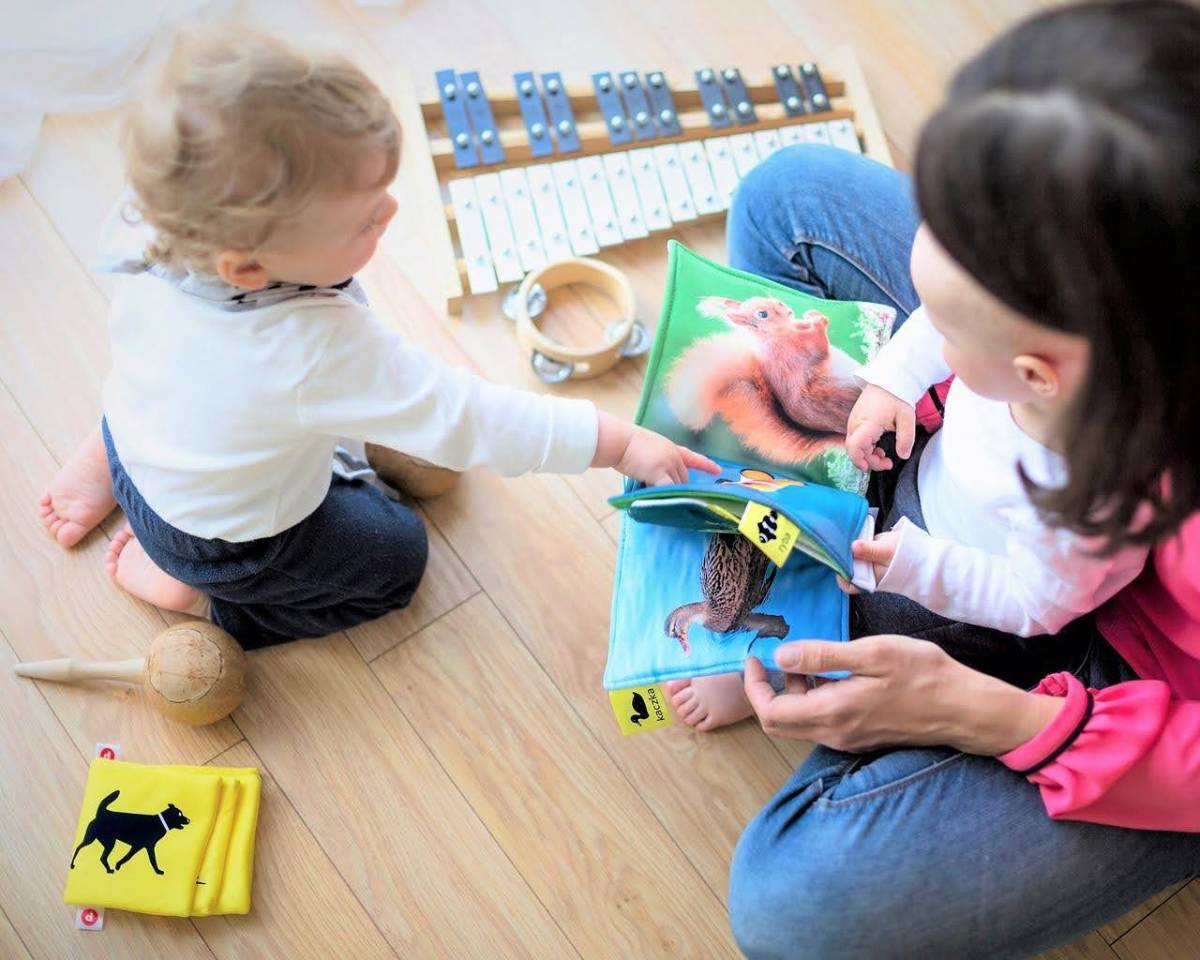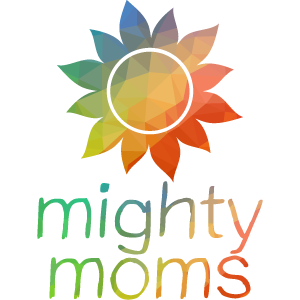A Mamá’s Guide: Teach Kids Spanish Through Play

Guest article provided by: katiehernandezagency.com
Hola, mama! Dreaming of raising bilingual kiddos but don’t speak Spanish yourself? No worries! This guide will show you how to teach kids Spanish through play. They’ll never know they’re learning and won’t know you’re learning right alongside them.
Whether you’re a total newbie to Spanish or remember bits and pieces from high school, you CAN be successful at teaching your kids Spanish.
Use your normal playtime as a transformative language experience – sprinkling Spanish into your everyday moments. Embrace the bilingual journey. It’s easier than you think!
Make Spanish a Part of Your Daily Life
Teach your little ones to have an open mind about Spanish. Turn on the excitement any time you use or incorporate Spanish. It might be a stretch at first, but their enthusiasm will quickly match yours.
Label everything from the fridge to the toy box with Spanish words. You don’t need to be fluent to learn the basics along with your child. Make it a fun learning adventure for both of you!
Que up some Spanish songs during the day. Whether it’s background music during playtime, some jams to clean to, or a full-on dance party – Spanish music has a rhythm for it.
Swap your typical movie night pick to one with Spanish audio. Nearly all the faves have Spanish audio options. Start out with your family’s favorites so they’re already familiar with the storyline and words.
Sprinkling in Spanish is easy if you set your mind to it. And the reward will be huge once you hear your little one using the phrases they’ve picked up.
Interactive Spanish Learning Apps and Games
When you can’t speak Spanish with your kids, technology is there to help.
There are tons of apps and games that teach Spanish vocabulary through interactive play.
You’ll easily find matching games, interactive flashcards, arcade-style games, life simulations, and so much more. Apps also give kids the opportunity to hear Spanish from a native speaker. Many apps let kiddos practice speaking as well.
Just remember to find apps that are fun and interesting for your kids. As soon as learning Spanish feels like homework, they’re likely to check out.
Spanish Story Time
You probably already have a storytime routine in place.
Start by adding in some bilingual books. Bilingual books are available for all levels of Spanish knowledge. Books range from mostly English with a few Spanish words scattered about to books printed entirely in both languages. Start slow and work up to including more and more words. As you get further into Spanish books, look for ones with pronunciation guides to help.
Opt for primarily picture books. Even if your kids are old enough to appreciate more text-heavy books, picture books are vital when learning a new language. Talk to your kids about relating the pictures to the text.
Don’t be afraid to look silly! Model using Spanish for your kids by reading. Let them hear you make mistakes. Laugh together. The more you show that it’s okay to *not be perfect*, the more comfortable they’ll become with using the new words.
Learn Language through Play
Play is the natural language of children. It’s a universal mode of communication and learning.
Let your children explore Spanish as naturally as they learned English. Help them hear and use the words in fun, low-stress ways.
Here are just a few games to teach your kids Spanish:
- Incorporate dolls or stuffed animals that speak in Spanish phrases
- Create a restaurant with pretend food while learning food names in Spanish
- Play Simon Says to practice body parts (toca tu cabeza – touch your head)
- Learn numbers with hopscotch
- Try Go Fish to practice learning people in the community
Spice up their learning with games and activities. Keep them interested by using new games regularly. They’ll be so excited to play, they won’t realize how much they learn.
Rely on Your Community
You probably don’t have to try very hard to think of someone in your community who speaks Spanish – whether native or bilingual. Set up playdates for your kids to practice Spanish with others.
Can’t find anyone who speaks Spanish? Start a group of your own. Get together with other moms on the same journey. It’s all about creating a supportive community of learners. The more practice, the better!
Hey, you might even pick up a few new words, too.
Giving your kids the bilingual advantage doesn’t mean you have to be fluent. All you need is an open mind and willingness to learn and play. Every mispronounced word and giggled correction is a step toward bilingualism for your family.
With these fun, interactive ways to play, you’ll see your child – and maybe even yourself – begin to comfortably understand and speak Spanish. No time is better than now to start this fun-filled and rewarding journey. ¡Vamos, mamá!
